
I'd like to say thanks to Anna Magpie – who offers literature review as a service – for her help reviewing the section on neuroendocrinology.
The following post discusses my personal experience of the phenomenology of feminising hormone therapy. It will also touch upon my own experience of gender dysphoria.
I wish to be clear that I do not believe that someone should have to demonstrate that they experience gender dysphoria – however one might even define that – as a prerequisite for taking hormones. At smoothbrains.net, we hold as self-evident the right to put whatever one likes inside one's body; and this of course includes hormones, be they androgens, estrogens, or exotic xenohormones as yet uninvented.
I have gender dysphoria. I find labels overly reifying; I feel reluctant to call myself transgender, per se: when prompted to state my gender identity or preferred pronouns, I fold my hands [...]
---
Outline:
(03:56) What does estrogen do?
(12:34) What does estrogen feel like?
(13:38) Gustatory perception
(14:41) Olfactory perception
(15:24) Somatic perception
(16:41) Visual perception
(18:13) Motor output
(19:48) Emotional modulation
(21:24) Attentional modulation
(23:30) How does estrogen work?
(24:27) Estrogen is like the opposite of ketamine
(29:33) Estrogen is like being on a mild dose of psychedelics all the time
(32:10) Estrogen loosens the bodymind
(33:40) Estrogen downregulates autistic sensory sensitivity issues
(37:32) Estrogen can produce a psychological shift from autistic to schizotypal
(45:02) Commentary
(47:57) Phenomenology of gender dysphoria
(50:23) References
---
First published:
June 15th, 2025
Source:
https://www.lesswrong.com/posts/mDMnyqt52CrFskXLc/estrogen-a-trip-report
---
Narrated by TYPE III AUDIO.
---
Images from the article:
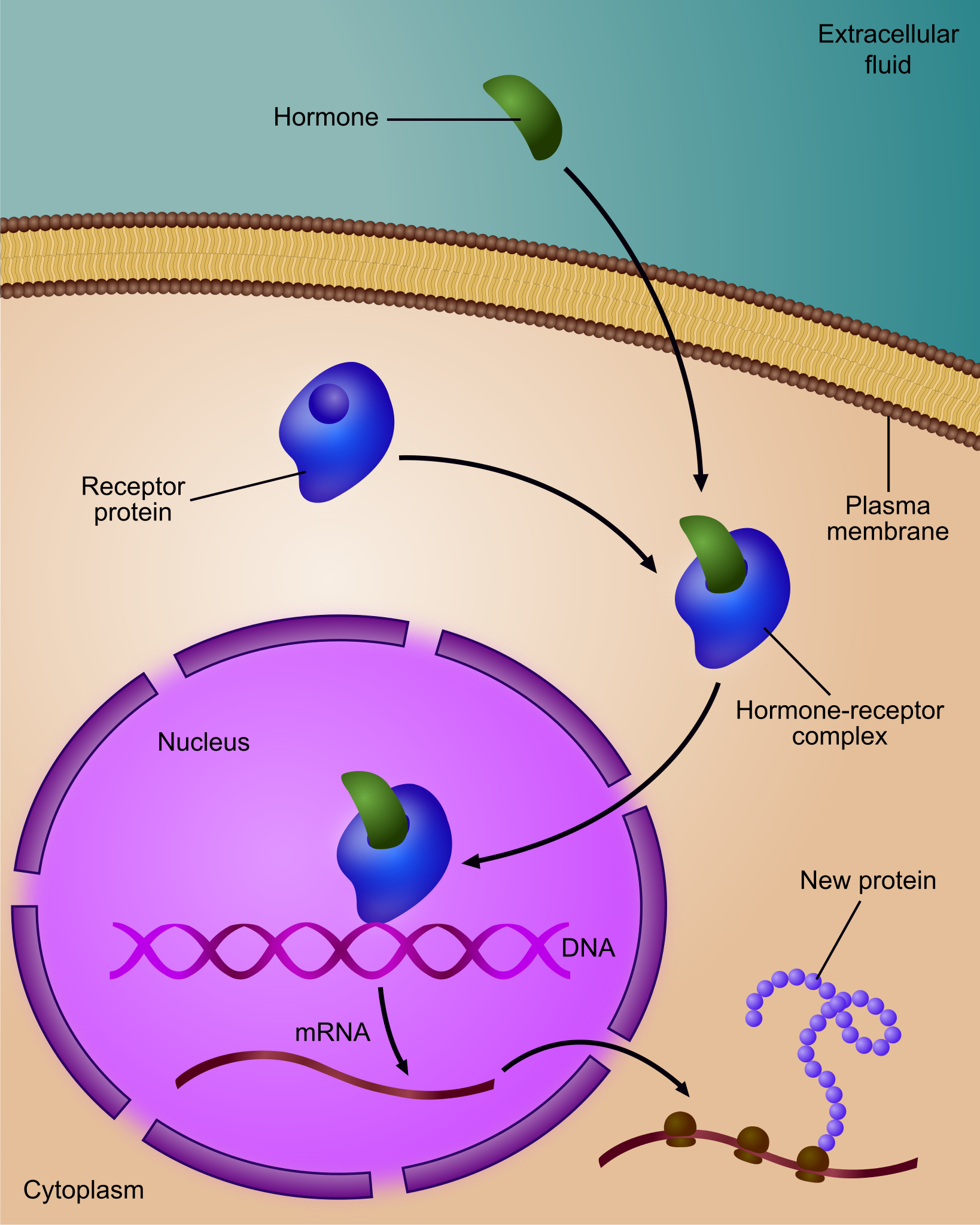
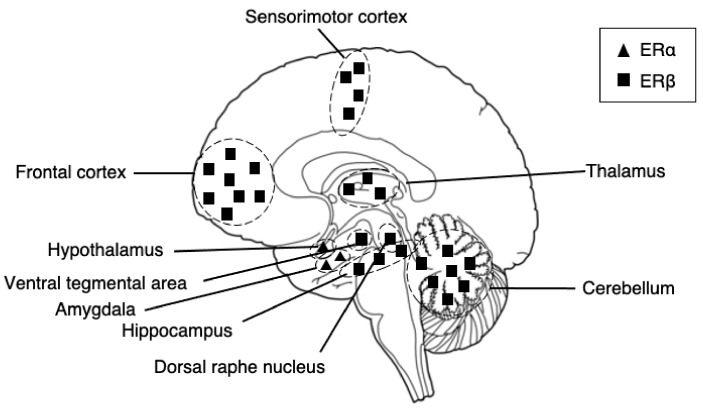
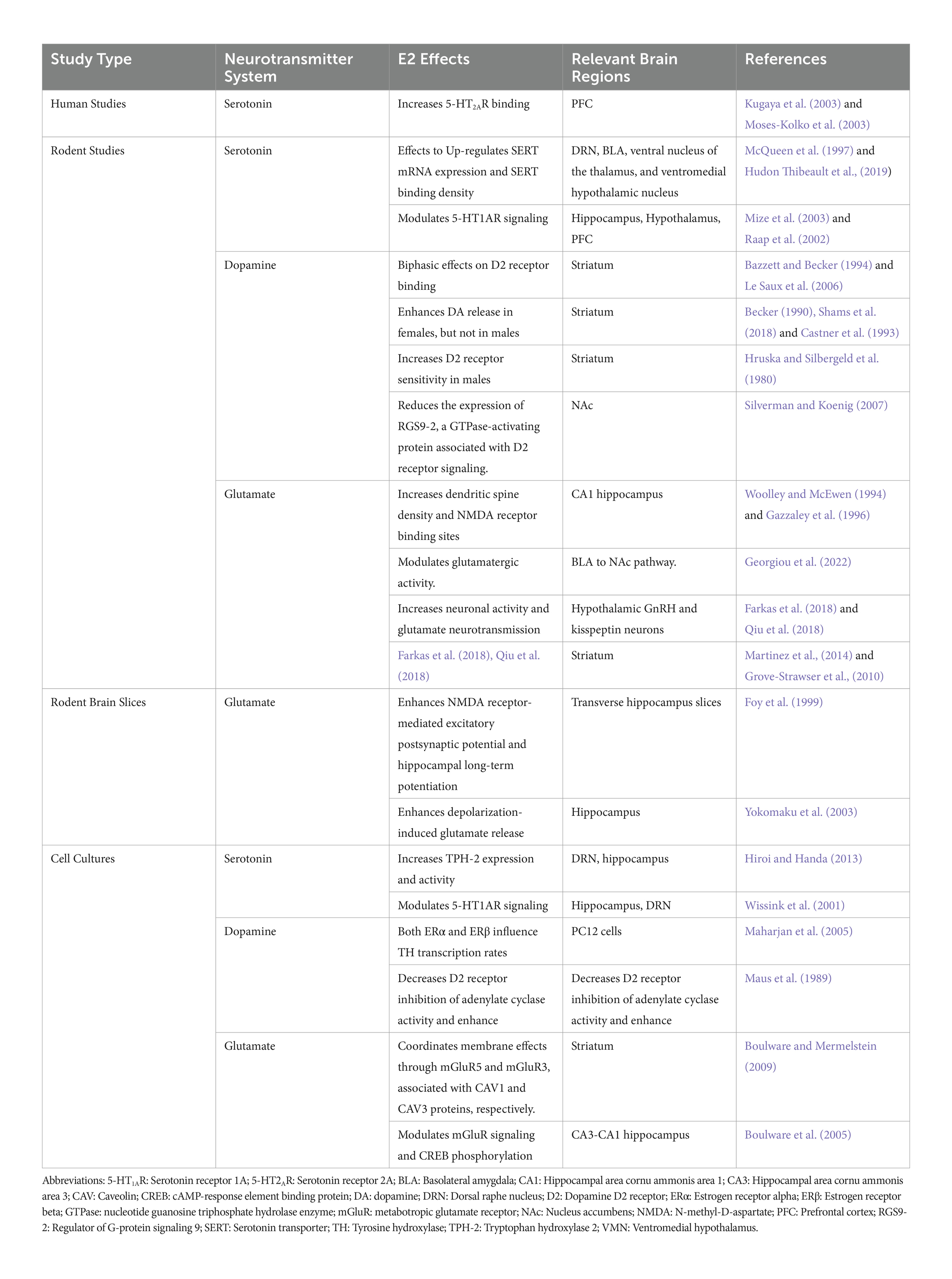
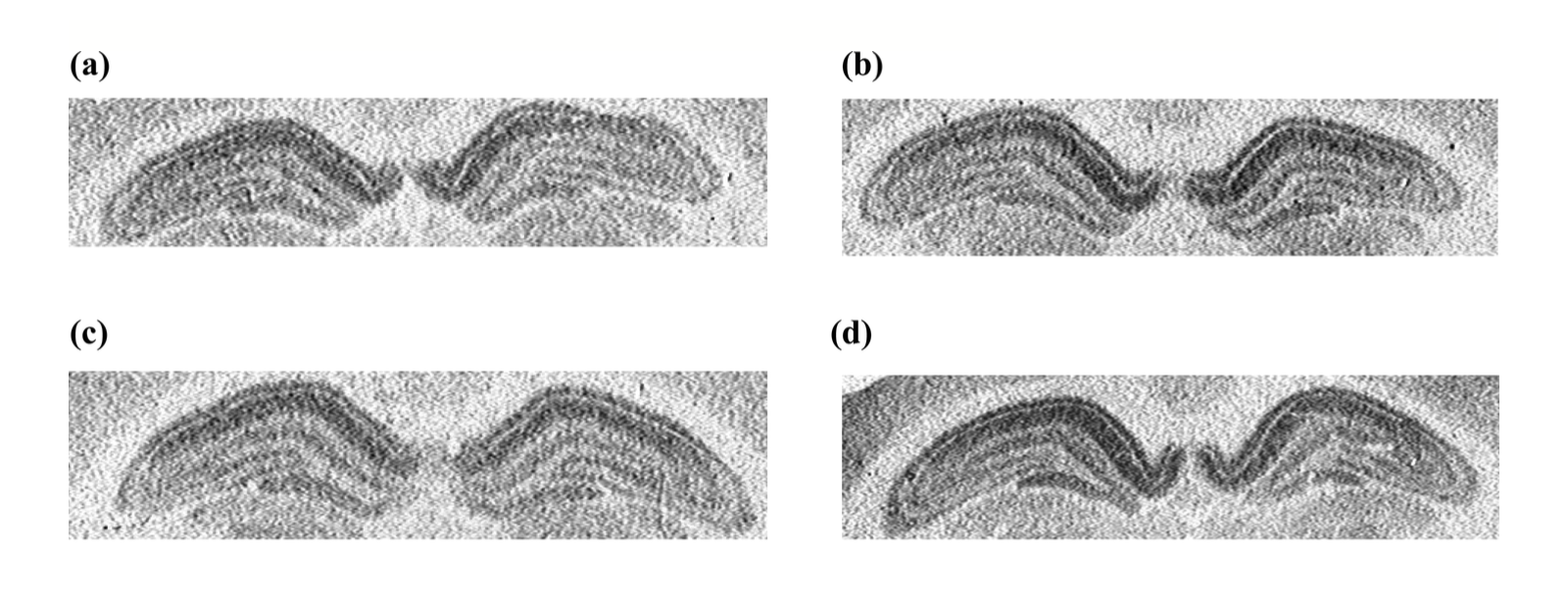
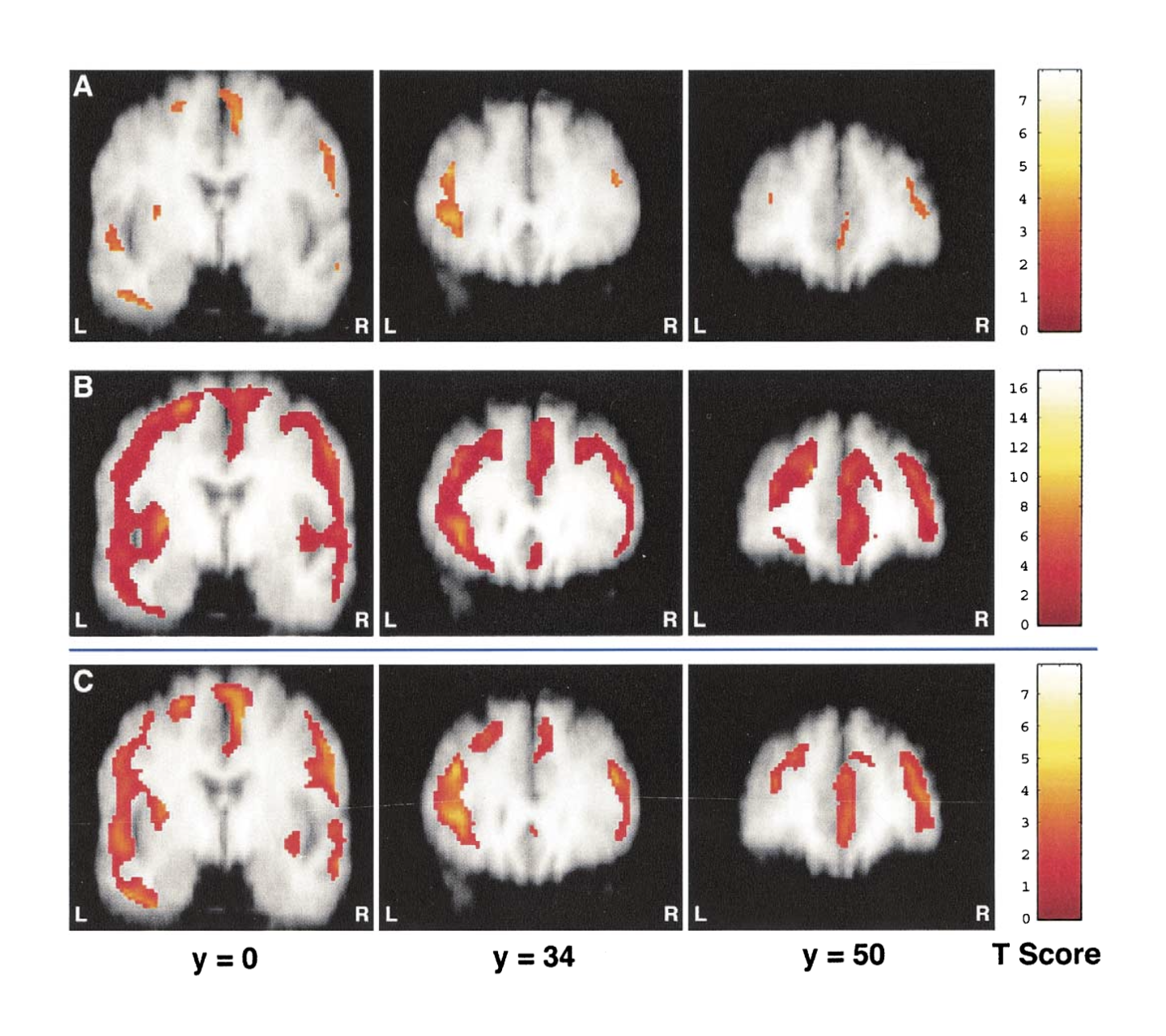

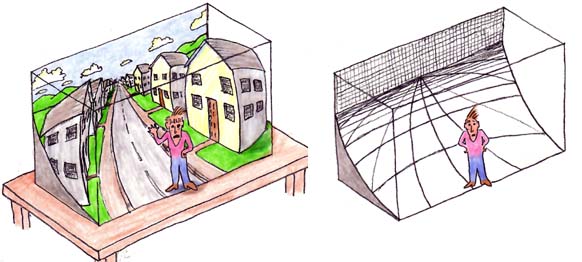

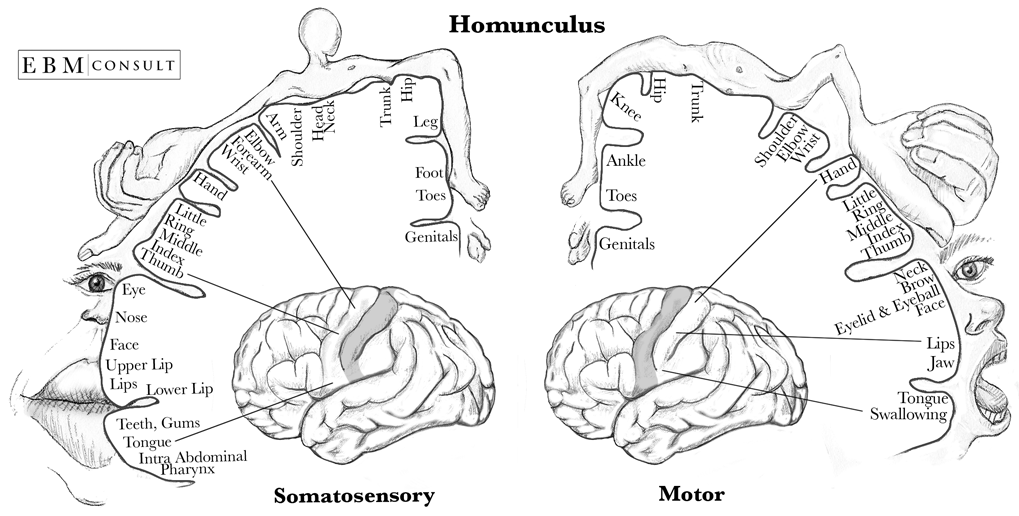
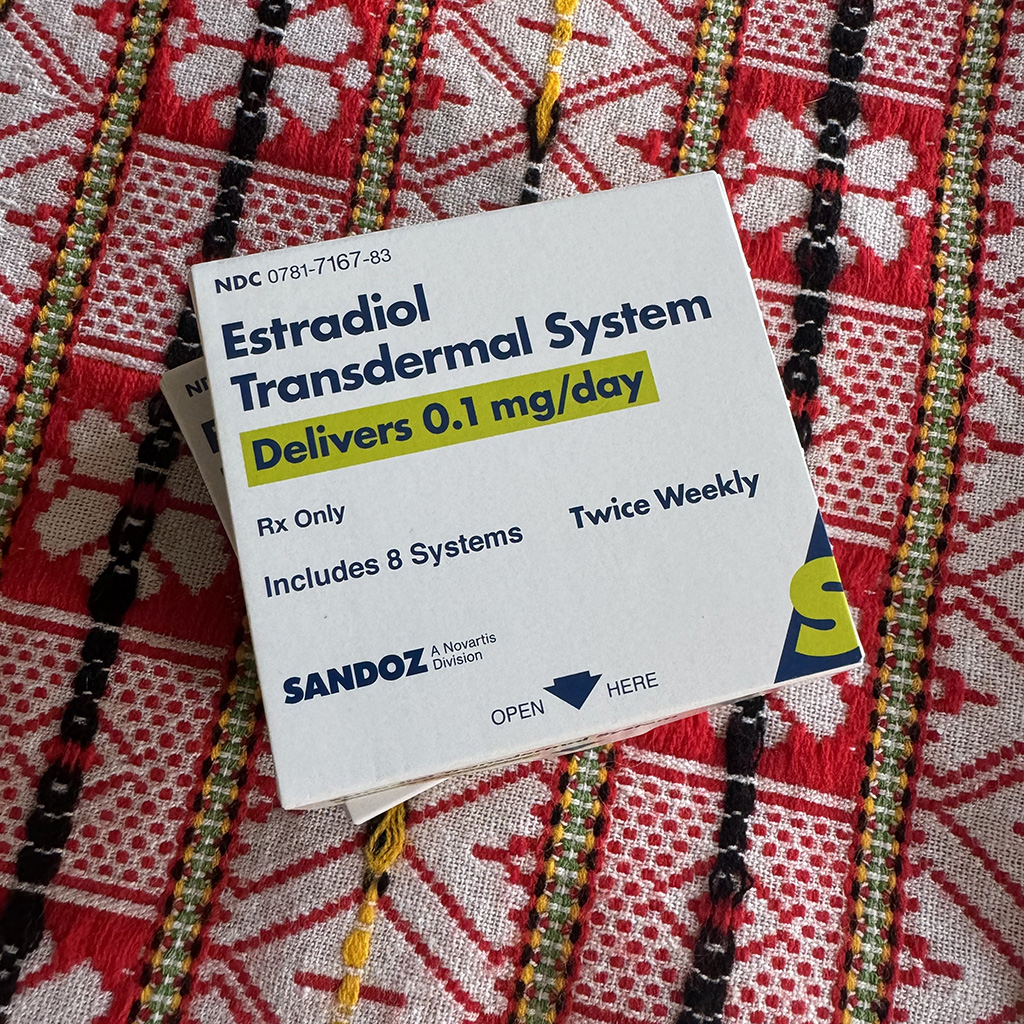
Apple Podcasts and Spotify do not show images in the episode description. Try Pocket Casts, or another podcast app.
Senaste avsnitt
En liten tjänst av I'm With Friends. Finns även på engelska.